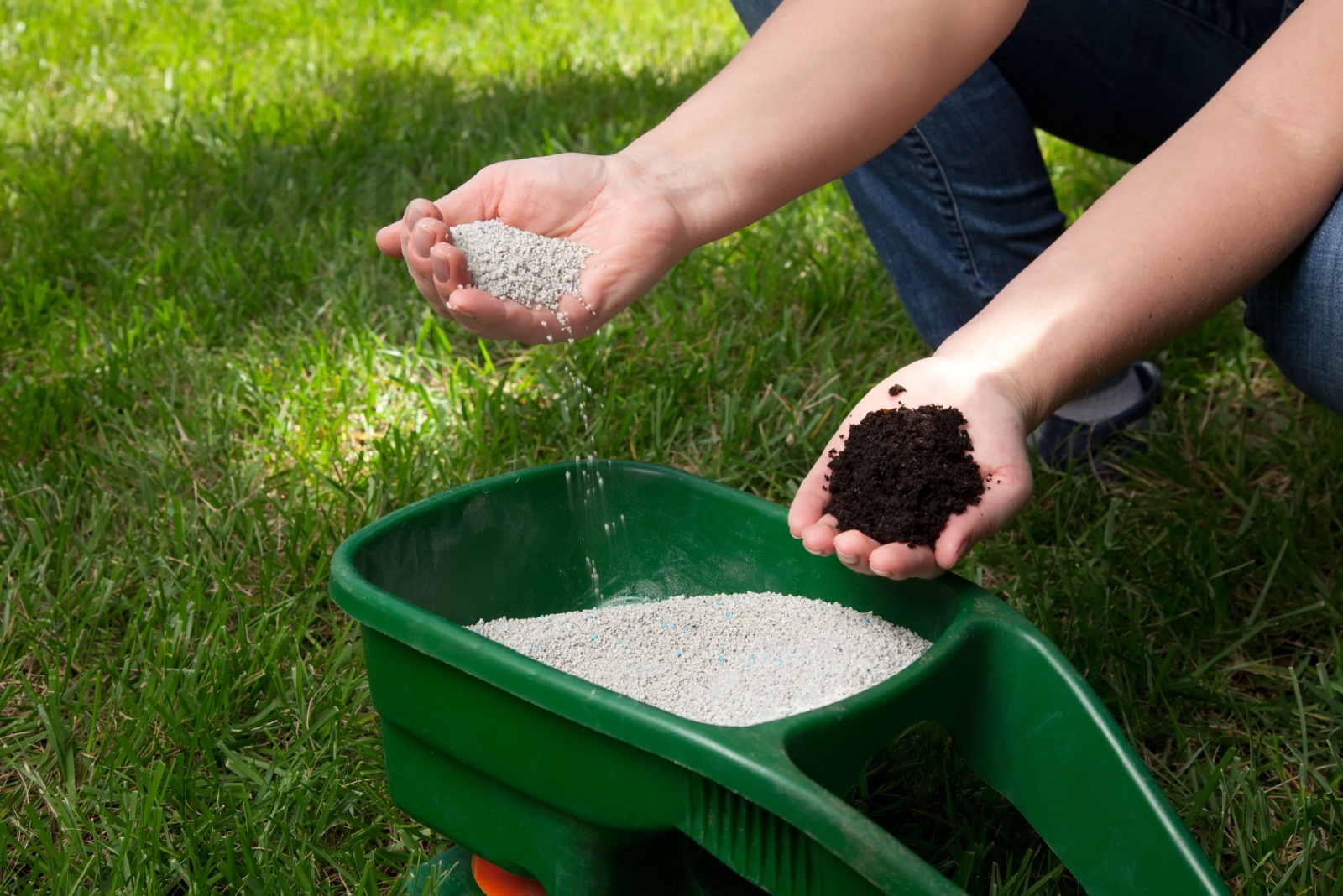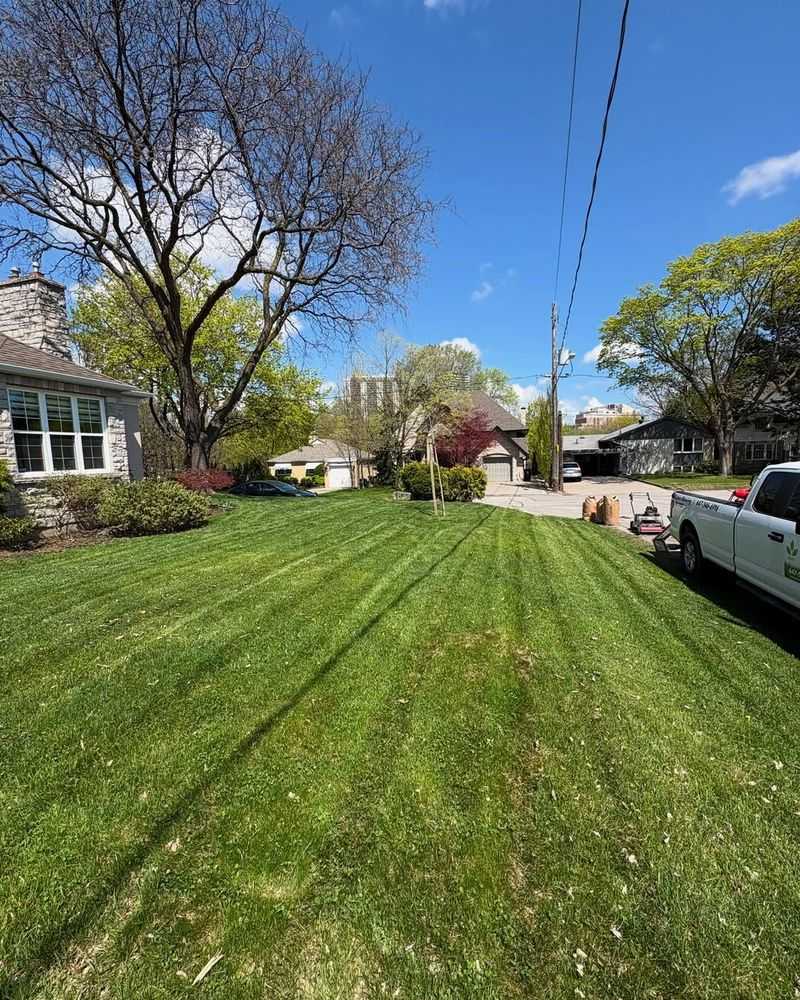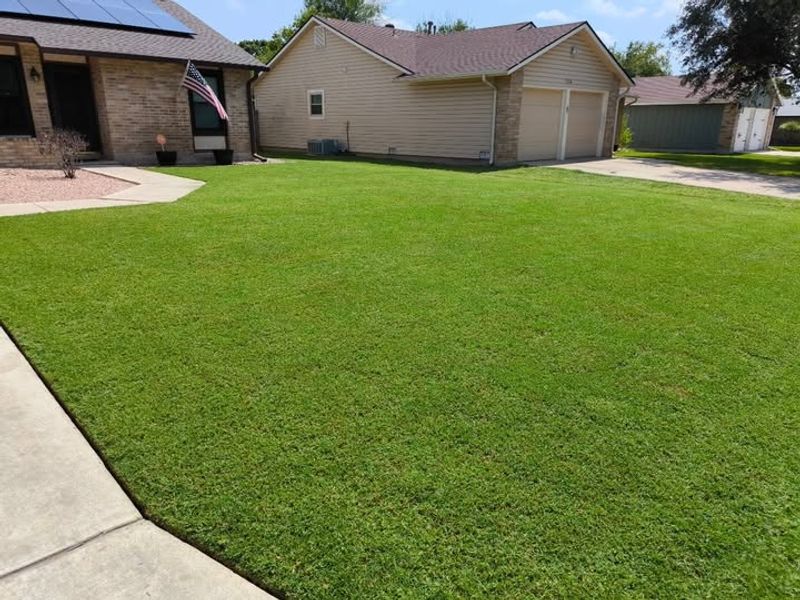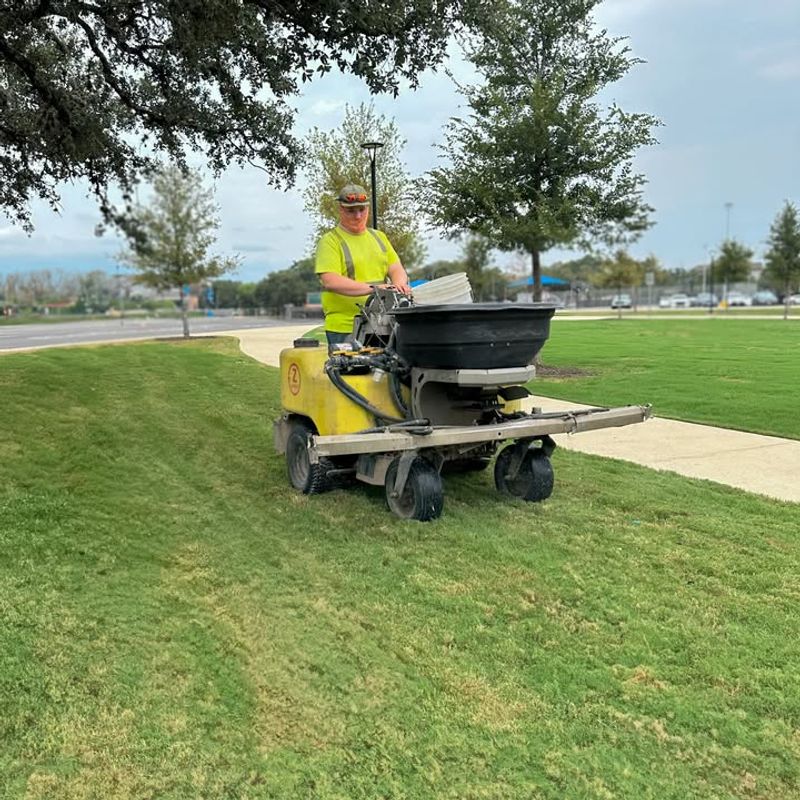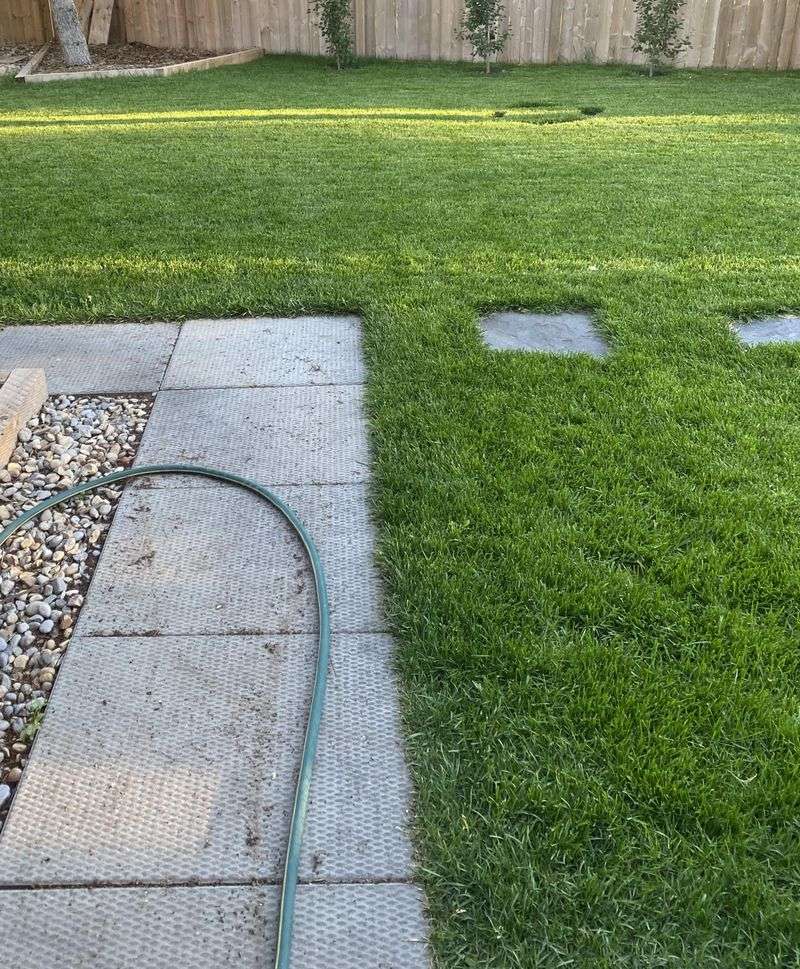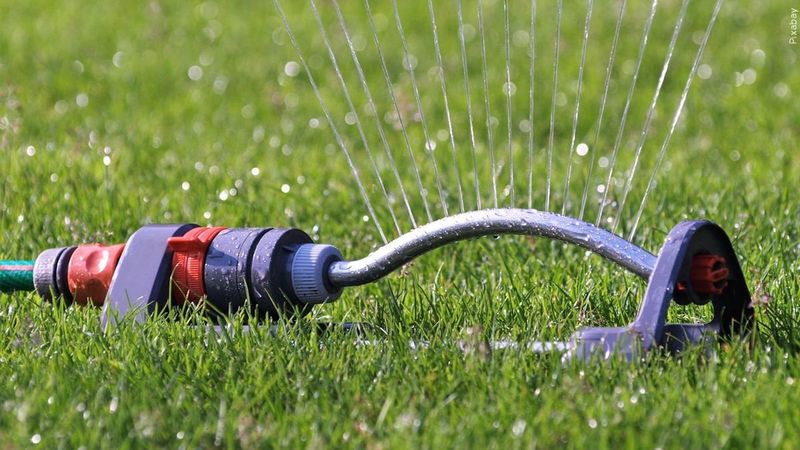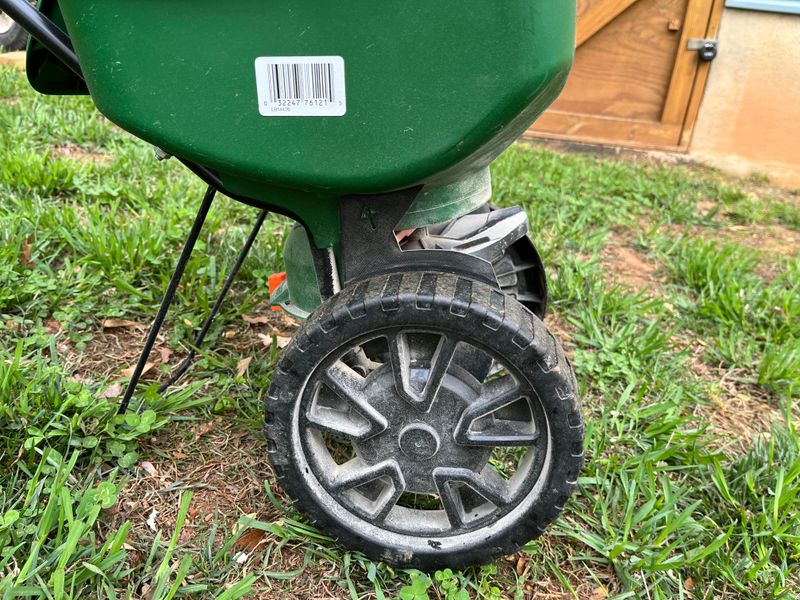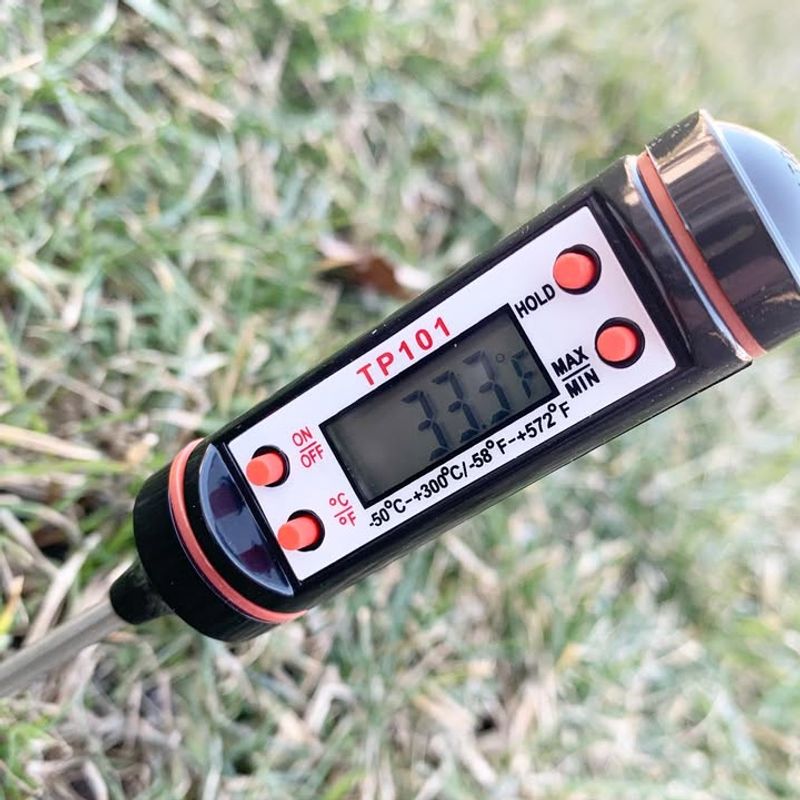Californians know a strong spring lawn doesn’t happen by blind luck, and one crucial task before Christmas holds the golden ticket.
Warm winters across the state keep roots awake, ready for a boost that sets the stage for bold color and thick growth once the seasons shift – fertilization.
Skip this step, and a yard may limp into spring. Take it seriously now, and the payoff arrives in full force when the first warm breeze rolls through. This simple move can turn an ordinary lawn into a standout.
1. Cool-Season Grass Needs December Feeding
Fescue and ryegrass lawns across California stay active during winter months, unlike their warm-season cousins. December fertilization keeps these grasses growing steadily through cooler temperatures.
Applying fertilizer now strengthens root systems below ground while blade growth slows above. Your lawn stores energy for spring, creating a healthier base that resists weeds and disease.
Skip this feeding and you might see thin, weak patches come March when neighbors show off thick green carpets.
2. Warm-Season Lawns Store Nutrients Differently
Bermuda and St. Augustine grasses go dormant when temperatures drop, turning brown and stopping visible growth. But their roots remain alive underground, quietly preparing for spring.
Fertilizing before Christmas helps these grasses stockpile nutrients in their root systems. When April warmth arrives, stored food fuels explosive green growth that outpaces unfed lawns by weeks.
Think of it like bears eating before hibernation—your grass needs fuel stored away for its big comeback.
3. Nitrogen Ratios Matter More Than You Think
Not all fertilizers work the same in winter. Bags labeled with three numbers show nitrogen, phosphorus, and potassium percentages—the N-P-K ratio that determines what your lawn gets.
Winter applications need lower nitrogen and higher potassium to avoid forcing weak blade growth during cold snaps. Look for ratios like 3-1-2 or similar formulas designed specifically for pre-winter feeding.
Using summer fertilizer now wastes money and stresses grass when it should be building strength, not height.
4. Timing Beats Perfection Every Single Time
Waiting for ideal weather conditions means you might miss the window entirely. California winters are unpredictable, with random rain and temperature swings that complicate schedules.
Getting fertilizer down anytime between Thanksgiving and Christmas works better than waiting for a perfect day that never comes. Grass roots absorb nutrients slowly over weeks, so exact timing matters less than actually completing the task.
Procrastination costs you a beautiful spring lawn—better to fertilize on a decent day than skip it completely.
5. Water Activation Makes Fertilizer Work Faster
Granular fertilizer sitting on dry grass does nothing until moisture moves it into soil. Watering immediately after application speeds up the process, delivering nutrients to hungry roots within days instead of weeks.
California rainfall can be unreliable in December, so plan to irrigate if nature does not cooperate. A half-inch of water dissolves granules and pushes them down where roots can grab them.
Skipping this step leaves fertilizer sitting uselessly on top, vulnerable to wind and wasted effort.
6. Spreader Settings Prevent Burning And Waste
Too much fertilizer burns grass blades, creating ugly brown stripes that take months to repair. Too little means you wasted time and see zero results come spring.
Most spreaders have numbered dials that control how much product flows out as you walk. Check your fertilizer bag for recommended settings, then walk at a steady pace to distribute evenly.
Overlapping passes slightly prevents missed strips, but going over the same spot twice dumps double fertilizer and guarantees damage.
7. Soil Temperature Tells You When Roots Are Ready
Grass roots stop absorbing nutrients when soil drops below certain temperatures, making fertilization pointless. California soil rarely freezes, but cooler northern regions see temperatures dip enough to slow root activity significantly.
Most cool-season grasses keep roots active until soil hits 40 degrees, while warm-season types slow down around 55 degrees. A simple soil thermometer from any garden center gives you exact readings.
Fertilizing when soil is too cold means nutrients wash away unused, polluting waterways instead of feeding your lawn.

